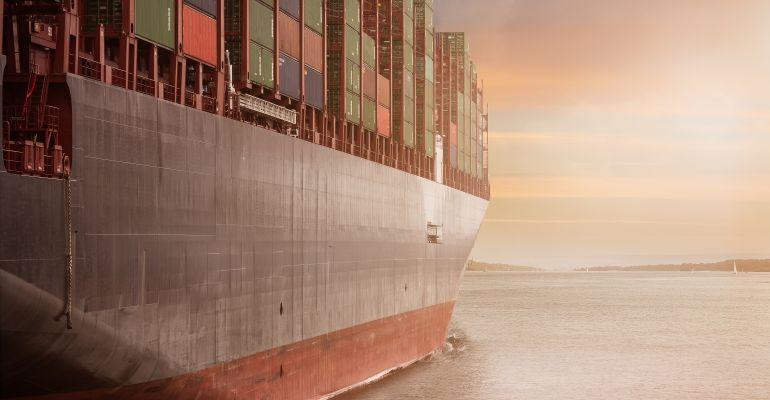With global trade reaching a new peak late in 2020, driven by recovery from the COVID pandemic in some regions and a consumer shift to buying products during lockdowns, market fundamentals for the sector look good.
“Because I see demand growing faster than supply, I see rates staying high,” said Mike Garratt, chairman, MDS Transmodal, speaking at Intermodal Connect.
Renzo Hoefnagels, managing director transport and logistics at ABN AMRO, said that China’s short, severe lockdown and its quick economic rebound was timely for the market. China’s manufacturing base returned to work quickly, and was ready to meet demand from the west as bored consumers ordered goods online in lieu of hospitality spending.
The subsequent increase in demand for containers and container shipping brought capacity utilisation to near-100% on head-haul trades, said Garratt. Costs for container lines rose, but were dwarfed by earnings increases.
The demand outlook is positive, with MDS Transmodal predicting a compound 3.2% growth rate over the next decade. This is essentially a return to trend, similar to that seen in the wake of the 2008 financial crisis.
While the fundamentals outlook is good, associated delays from congestion, container shortages, and rising freight rates over the past year have attracted the attention of regulators the world over.
“Service predictability and reliability really collapsed over the last two quarters of 2020,” said Garrat.
The US FMC is under pressure, particularly from agricultural exporters, to act on container freight rates and supply. The European Commission will look into Consortia Block Exemption Regulation again in the next year or two, and in China there have been warnings from official sources on both freight rates and the performance of the container sector.
With an encouraging demand forecast and low orderbook, container lines may find themselves caught between a desire to maintain freight rates through a disciplined approach to ordering new ships, and pressure to limit freight rates from customers and regulators accustomed to a lower-rate environment.
Environmental regulation and the technical challenges of reducing ships’ emissions are further reason to delay newbuild orders, with fears over ships being made redundant in the future by less polluting vessels, or priced out of the market by a carbon tax.
Copyright © 2024. All rights reserved. Seatrade, a trading name of Informa Markets (UK) Limited.
Add Seatrade Maritime News to your Google News feed.  |

